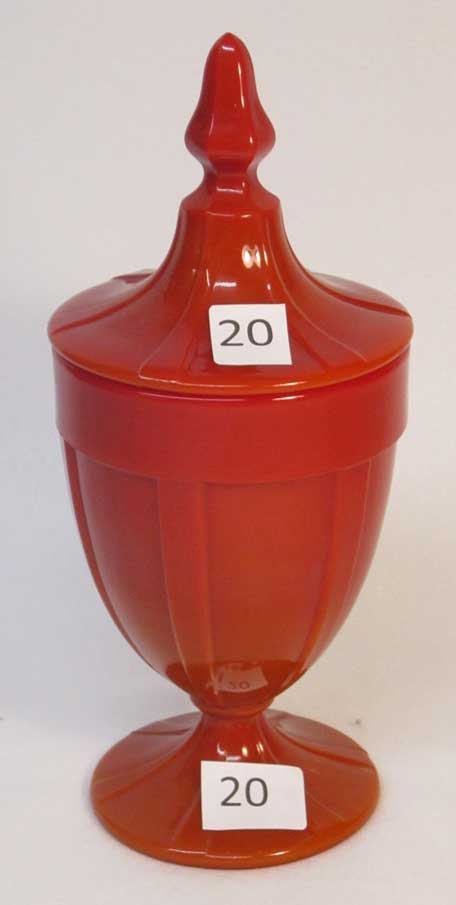June 2024
Good Eye
Don’t get tangled in the Web
by Peggy Whiteneck
Most dealers will come across items for possible acquisition that we haven’t seen before and about which we may know little or nothing – beyond perhaps a gut intuition that it’s something special or worth gathering. For those of us who do decide to sell such items, the best strategy is to try to find out what it is before we try to sell it. Pricing it right and moving it out may well depend on what we can tell potential customers about it.
They don’t call it the Web for nothing
Our first instinct may be to look for information on the Internet, AKA “the Web.” It’s a quick information fix and may seem preferable to investing in books and other print material for research. But beware: just as a spider spins its web the better to catch its unwary prey, so, too, can the unwary searcher be trapped by the widespread misinformation on the Web. Especially when it comes to antiques and collectibles, websites often cannibalize – usually word for word – from other websites that have plagiarized it from someone else and so on, back and back to the original source which as often as not will not know what it’s talking about. It would be fairly easy for an unwary dealer or collector to get trapped in that web of misinformation – especially when it weaves a compelling fantasy about the value of the item.
You can search eBay auctions, current and completed, and sometimes find other items the same as or even identical to the item in your own possession. Remember, though, that eBay is only one source of internet information, and when I really want to find reliable information on a piece, I’ll often exclude eBay (by adding the phrase ¬–eBay¬, with the minus sign, to my search terms).
Another way of searching for like items to yours is to do an image search. Most people have access to Google, and there’s an “image” search option right there in the upper right corner of the search page. The images come with a URL where they can be found; clicking on a particular item will also give you a link to the page where you can find the item. The images that come up will be found on a variety of sites, including but not limited to eBay.
Print source alternatives
Back in the 1980s and ‘90s, collector books were being published by the dozens. There often were entire floor-to-ceiling shelves in large bookstores that were devoted to what seems to have been a peak consumer interest in antiques and collectibles. Today, one is lucky to find a couple of shelves modestly stacked with books that would be only generally relevant for our trade. Many of these will be mere “price guides” with photos and brief captions that include a suggested value (which unwary readers may take to be the value but which is often inflated). Sandra Andacht’s and Judy Schiffer’s books come to mind as sources of reliable value information on Asian porcelains. Unfortunately, some of the best books are out of print, but you can still find them on eBay and used book sites.
James Measell has several books on Fenton and other American art glass still in print, and I don’t know anyone alive who has more knowledge of collectible American glassware than he does. While I have nowhere near Measell’s expertise, I have made it a point to do research on what I collect and have written books that are still in print or in process of release on Fenton Art Glass and on Lladró porcelain. I provide in-depth information to support my estimates of value.
Whether you are a collector or a dealer, don’t rely on rumor or online auctions alone to identify your inventory. The more dealers can show they know what they’re talking about, the more customers will trust their inventory.

Chinese Coral box
Even live auctions with knowledgeable sellers and auctioneers can misidentify items. I bought this at a Fenton collector’s club auction, where it was misidentified as Fenton Mandarin Red. I bought the item as lot #10 for $75, a bargain for Fenton Mandarin Red and very desirable to collectors of older Fenton glass. After acquisition, I discovered that this was a (still desirable and keepable!) Chinese Coral box made by Northwood in 1924 – making it a genuine antique as of this year. Fenton and Northwood both made jars in this shape, with subtle differences related to lid lip and position of the mould seam. (Image courtesy of the author)
Peggy Whiteneck is a writer, collector, and dealer living in East Randolph, VT. If you would like to suggest a subject that she can address in her column, email her at allwritealready2000@gmail.com.

